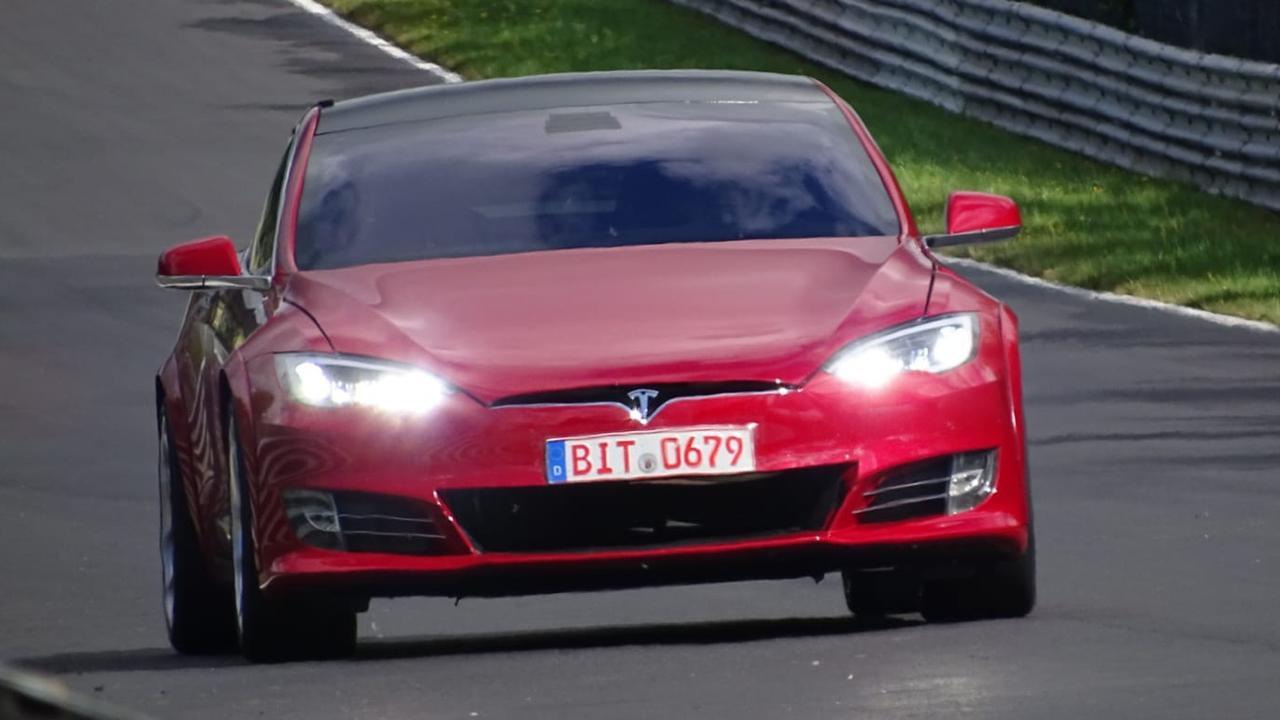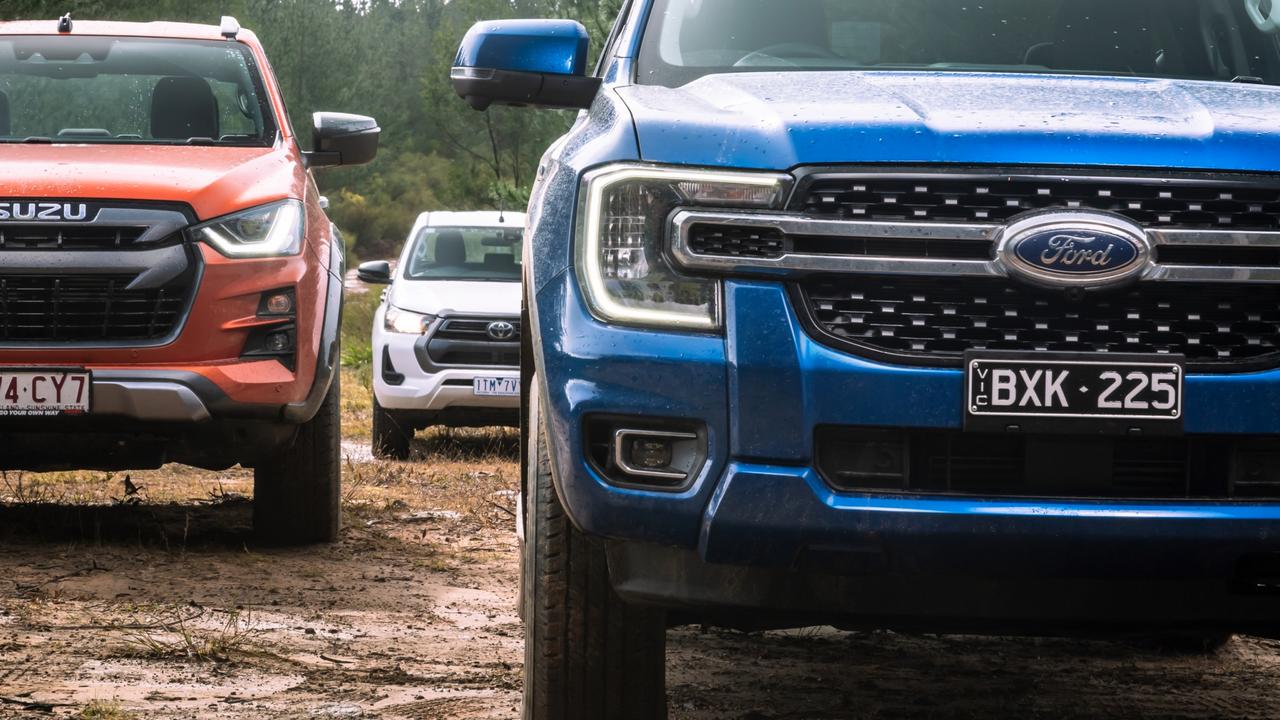The Lyriq electric SUV will form the foundation for a Cadillac return to Europe and other markets – potentially including Australia.
A mid-sized SUV similar in size to BMW’s X3 and Audi’s Q5, the Lyriq’s a handsome looking thing in the metal. It has a long bonnet, muscular haunches and daring detail work on the headlamps, grill and tail lamps.
The door handles fold flush with the door panels – much like Tesla’s Model Y – and the cabin is dominated by a huge curved digital screen that houses a driver display and center touchscreen.
Bright chrome highlights lift the cabin and there’s an abundance of storage space, thanks to the fact that there’s no transmission tunnel running through the center of the vehicle.
Second-row passengers will find more leg and knee room than they would in a mid-size German luxury SUV, while the read load area is a decent size.
It’s on the road that the Lyriq impresses, though.
A 250kW rear-mounted electric motor moves things along swiftly and silently, although there’s not the brutal launch off the line that you’d feel in a Tesla Model Y.
Once you’re on the move, though, there’s an impressive surge at most speeds when you floor the throttle.
The venue for our brief test drive was GM’s huge Milford Proving Ground outside of Detroit and we put the Lyriq through its paces on a variety of surfaces designed to replicate public roads. That included large bumps and dips, a simulated rail crossing and some sweeping, high-speed corners.
The Cadillac impressed with its composure, setting well after larger bumps and sitting flat through corners, even when confronted with broken, corrugated bitumen.
Precise steering and reassuring grip add to the driving enjoyment, although you can feel its considerable weight shift when it is asked to change direction in a hurry.
Cadillac claims the Lyriq is good for a range of 500km, although that may come down once the more realistic WLTP standard for range is applied.
In the US, the Lyriq starts from $62,990 in rear-drive form. A dual-motor version will launch early next year with roughly 370kW of power for just $2000 extra.
GM won’t confirm whether the Lyriq will be available in right-hand-drive but it would appear likely, as it seems the most logical fit for a Cadillac rebirth in European and international markets.
The president of GM International, Shilpin Amin, says designing vehicles for either left or right-hand drive is “much more simple” on an electric vehicle platform.
“Because of how efficient it is to build it upfront with left and right-hand-drive markets in mind no longer do you need the volumes to justify it. You can actually do it pretty efficiently at all volumes for markets around the world,” he says.
That is encouraging news for Aussie Cadillac fans.
Christian Soemmer, managing director of GM strategic markets, alliances and distributors, says the brand has “ambitious goals” in overseas markets, including Australia.
“We want to grow our international scale. Australia and New Zealand is an absolute key pillar of that region. We are always looking into more opportunities,” he says.
Cadillac will lead GM’s transformation to a leading EV maker, taking the fight to Tesla.
It will not launch any new petrol vehicles after 2026 and will become EV-only by 2030.
Cadillac interior design manager Tristan Murphy said the shift in focus to electric cars gave the design department an opportunity to reimagine the once-storied brand.
“I think it was a good opportunity for us to take a step back and say OK as we move forward into the future what do we want Cadillac to be? It was a chance to reinvent it,” he says
The design team was also mindful of its duty to honor the heritage of the badge.
“I don’t want to say it’s retro by any means but there are some retro cues because there are some things in our history that we want to hold on to. There are these little winks and nods at our history because that is something that an EV Start-up company doesn’t have,” he says.
.


